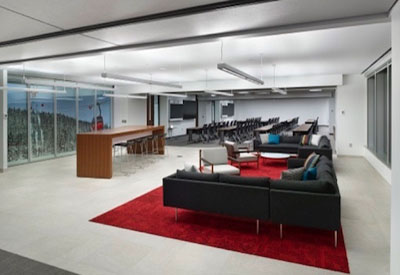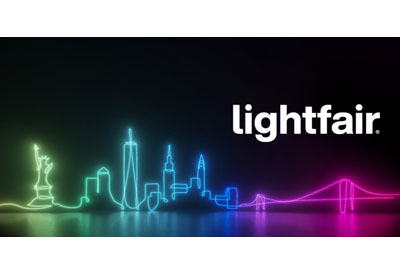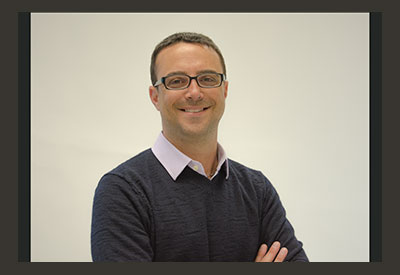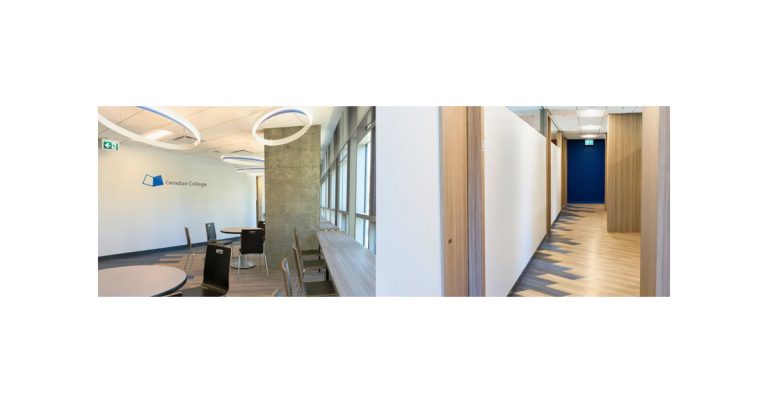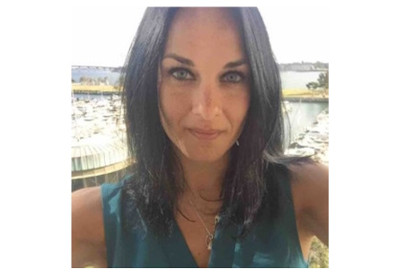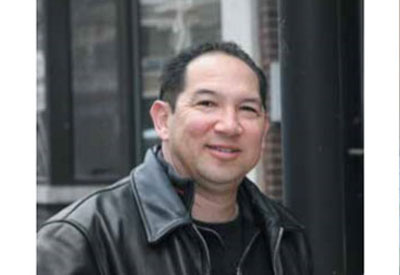David Nathaniel: A Talent for Being There at the Right Time
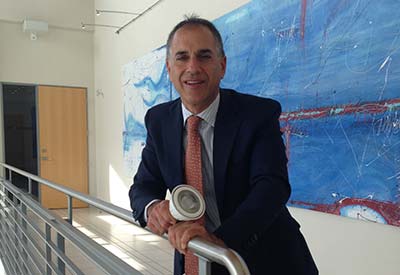
To hear Standard Products Inc. President and CEO David Nathaniel tell the story of this family business, you have a sense of goingback decades. However, it’s a contemporary story that finally looks a bit like that of the technologies that have accompanied the business along the way.
In the mid-1970s, David Nathaniel’s father sold from his home different products he kept in a public warehouse, including batteries, cutlery, safety glovesand playing cards. Among his offerings, one single electrical product: insulating tape.
How did you come to work in the family business?
“I had never planned to work with my father. The company wassuccessful enough to support a family, but no more. I was going to university and considering a career in real estate. In the early 1980s, interest rates were around 20% and I sold only one house while I pursued my studies in finance,”he says with a smile.
“At one point I had to go to Toronto. I told my father that I wanted to make a call to try to sell the insulating tapes whilethere. I called Canadian Tire and in a sign of the times, I immediately got on the phone and spoke with their buyer, who agreed to meet me. I had two tapesamples with me, one 33 ft and another 66 ft. The buyer was having a problem with a supplier, and asked me to fill out some forms and call himthe next day. I received an order for 100,000 rolls of electrical tape. It was three times more than what my father had in stock.”
“In a sense, that was my lucky break and I have been fortunate to use it as a building block. On my return to Montreal, I decided to reduce my course load at university and work full time in growing Standard.”
And lighting in all of this?
“I was looking for other products to complement our tape line and went to various trade shows. I met a distributor who gave me a catalogue of lamps. I had a contact in the U.S. who was selling lamps, and he suggested I use the same agent to import products. Yet again I was there at the right time. We had access right from the start to a quality product at a good price. That was in 1983, and a few years later we got the exclusive rights to Iwasaki in Canada. It’s a healthy relationship that has lasted for almost 30 years and allowed us to grow.
“We have always had innovative products, and at the end of the 1990s we expanded our line and offered a full range of ballasts, safety-coated lamps, optical components, and sockets. Distributors could now buy many products in the same place.
“In the early 2000s, Standard began the transition towards becoming a full-fledged manufacturer by taking control of the design, performance, and quality of our products. Today 90% + of our sales are generated through our Standard and E-Lume brands. These products are produced by contract manufacturers on our behalf, while Standard takes responsibility for the design, engineering, specification, tooling, quality assurance, supply chain, product management, and of course sales and marketing. We supported this effort by developing a factory sales force that today numbers over 30 people, and whose main responsibility is to generate demand for our products in order to provide value and support to our distributors. Finally, we made a concerted effort to change Standard from being a great entrepreneurship, to a great enterprise. Today Standard is a well-run organization that has the capabilities to perform at a “best in class” level.
“LEDs have revolutionized the lighting industry. This technology has had a major impact not only on lighting products, but also on the way it does business. The life of an LED product cycle is very short, about 15 months. An LED product is quickly outdated given the speed of technology change in this area. Our industry, unlike the electronics industry for example, is not accustomed to this business model. Some products have not changed since they were invented. A 60 watt lamp is still a 60 watt lamp. With such a short life cycle, you have to invest massively in research, engineering and certification. You have to manage your stocks differently. What do you do with products from the previous generation?
“When LED lampscame onto the market, many players appeared. These included venture capital funded start-upsand electronic companies that tried to penetrate the market, without success. There were a slew of new entrants that bypassed distribution to sell direct, most of which have gone away or are struggling. Most importantly, the incumbent lamp companies that lived on traditional light sources had to and continue to reinvent themselves. We too have worked hard to reinvent ourselves by developing more robust lighting solutions that include lamps,lighting fixtures, retrofit kits, and control products. Controllable systems have paved the way for wireless applicationsthat were unimaginable at the start, such asroadway lighting, hotels, schools, commercial buildings, and industrial complexes.”
If you could change one thing in the industry what would it be?
“The alignment between manufacturers and distributors in order to improve their ability to penetrate the market. Take for example the electronics industry, or automation. The industry needs a better team approach.”
Do you think that online commerce will change this relationship?
“Commodity productsales will be affected by e-commerce, and distributors risk losing a portion of their sales. Today, speed is an important factor, and contractors don’t want to wait three days to receive their goods. While this will always be the case, the reality is that electrical contractors and end-users will become better informed and organized, and some will be able to plan commodity purchases to take advantages of online pricing. They will know they need x metres of cable or a given number of lamps, and they will plan their purchases in a more organized way. I would say, however, that distributors are now in a good situation to rethink their value proposition. They can choose products from manydifferent lines and develop expertise, provide engineering services, and propose creative and comprehensive solutions. E-commerce will not mark the end of distributors;this is simply a challenge that is offset by a potentially more interestingopportunity.”
The future?
“Light has always existed naturally and then artificially with the candle, the gaslight, then the lightbulb. The possibilities are endless on how to use light. With LEDs we have a technology that changes the way we design lighting systems and is very energy efficient. Today,a 170 watt LED fixture replaces a 400 watt HIDfixture and it will only get more efficient. The quality of the light is improved, it can be better controlled, and it can communicate wirelessly with other non-lighting devices and systems. For years workplaces were lit with cool white fluorescents having a CRI of 62. With today’s LEDs, the standard is a CRI of 82 and 85, and soon it will be greater than 90. LED is available in a wide range of color temperatures both static and controllable allowing for dynamic designs and ambiances.
“We must be open to these new technologies. All of society will benefit because we are improving the quality of light and reducing our energy footprint. LED technology is evolving at a fast pace and some end-users are concerned about investing in products that could become obsolete over time. We’re starting to see companies that rent out the lighting for a facility. They will design, install, and maintain the system over a long period, 10-20 years at an annual cost that is far less than what the end-user is currently paying to power their lighting system.”
Succession?
I asked David if he believes his children — he has four who are still very young and whose drawings and other artistic achievements decorate their father’s office — will take over. The question makes him smile. He sayshis children have noticed that when he walks with them in public and commercial places, he always has his head up, studying the lighting systems. We’ll see where this habit of their father will lead them in adulthood.
In the meantime, David Nathaniel is clearly very anchored in the company he shares with his sister and brother. I was surprised not only by the incredible collection of original Canadian artwork on all the walls, but also by the fact that as we strolled through the Montreal facilityall the employees greeted him, and he seemed to know all of them in turn. He is proud that the company is one of “Canada’s Best Managed Companies,” having earned gold status for five years.
The final word
“If Graham Bell came back today, he could have problems using or even recognizing a phone.’” Thomas Edison would too, but if he had returned to life five years ago, he would have found the lightbulb where it left off. Lighting has undergone a real revolution in recent years. We no longer have to press a switch to have light; technology allows us to control everything, even remotely.”
David Nathaniel’s father, who died prematurely, would also probably be stunned if he came back. He would not recognize the business with which he raised his family.
Standard Products Inc. in Brief
• Warehouses: 3
• Sales offices: 4
• Number of employees: 190

